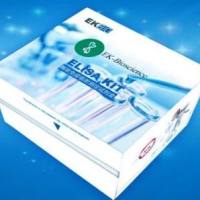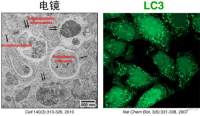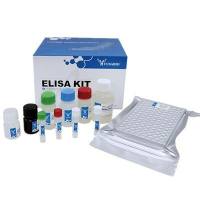Use of Immunohistochemistry and Confocal Microscopy in the Detection of Adrenergic Receptors
互联网
656
With the advent of recombinant protein systems to manufacture large volumes of cloned receptors, antibodies against the α-adrenergic receptors (α-ARs) have become available (1 ). These antibodies are useful tools for the immunocytochemical detection of cells containing the adrenergic receptors and can be used with light-level microscopy. In order to determine whether the receptor protein thus detected is on the cell surface or is actually contained inside the cell, the technique of confocal microscopy can be applied (for example, see ref. 2 ). This powerful technique finds a good application in this case, because double-labeling at the light level can also be done with relative ease (e.g, see 3 ,4 ) for the location of adrenergic receptors in catecholaminergic or serotonergic neurons) compared to asking the same question at the electron microscopic level. The use of fluorophore-tagged markers for the detection of bound primary antibodies is central to this method, and with the commercially available variety of these reagents, this becomes a relatively simple procedure. The procedure consists of a standard immunohistochemical protocol using the primary antibody against the adrenergic receptor followed by either fluorophore-tagged secondary antibody or indirect-tagged secondary antibody (i.e., biotin-tagged secondary antibody subsequently visualized with an avidintagged fluorophore). The bound complex including the fluorophore can then be visualized on laser excitation of the fluorophore at the appropriate wavelength and the subsequent emission of energy at a wavelength that can be detected by a confocal microscope.









